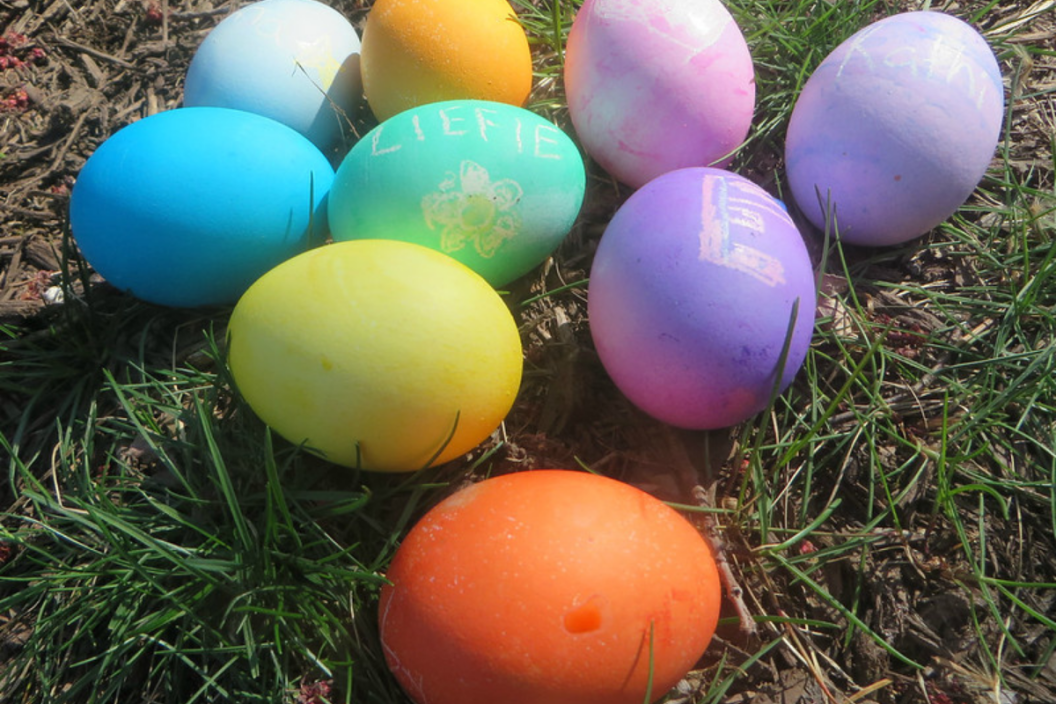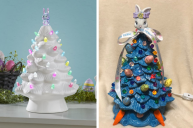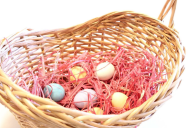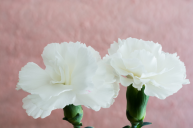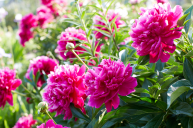Is there anyone who doesn't love Easter? It's the season of Easter baskets full of chocolate bunnies, celebrating new life, and remembering Jesus' resurrection. Not to mention all of the delicious treats and fun DIY crafts your family can enjoy leading up to Easter Sunday. While you've been busy buying fresh flowers and decorating your home for spring, did you ever wonder where Easter colors actually originated?
Videos by Wide Open Country
Years and years ago, there were no colors associated with the holidays. It wasn't until 1198 when Pope Innocent III's treatise, The Mystery of the Sacred Altar, provided some clarity. The pope found inspiration from the Old Testament's Song of Solomon in the Bible in order to interpret symbolism behind specific colors. While some of it shouldn't come as a surprise, it's interesting to look back at history and see why certain colors have been used a certain way over the years. It really was the pope's treatise that led to color interpretations that are, for all intents and purposes, still used to this day whether people realize it or not.
Read More: 9 Country Gospel Songs for Easter
White
It's no surprise that the color white symbolizes purity. You see white all over the Easter holiday as a symbol of innocence as we gather to commemorate the resurrection of Jesus Christ on Easter Sunday. There are also plenty of ways to incorporate this neutral color into your holiday decor. From laying out a white tablecloth for Sunday Brunch to decorating with white flowers, the possibilities are endless.
Red
Used at Pentecost, red is the passionate symbol of blood sacrifice (i.e. the blood of Christ). Though Easter is typically full of a pastel color palette, there's no reason why you couldn't incorporate deep shades of red and burgundy if the symbolism means something to you. This year, try dyeing your Easter eggs red instead of pink and light blue. You can even make it your entire color scheme and decorate your home with red tulips, one of the ultimate springtime flowers to take advantage of while they're in season.
Purple
Purple is typically associated with Lent in order to honor Jesus' suffering leading up to his resurrection. While darker shades of purple are typically associated with royalty, lighter shades like lilac are all over the place on Easter. You'll easily have purple in your Easter decorations without trying very hard. Between Easter eggs, sweet treats, and various flowers available during the Easter season, you have plenty of options. You could even incorporate lavender throughout your home and on a festive springtime wreath on your front door.
Pink
It shouldn't come as a surprise that pink is a symbol of happiness and love. It just makes you feel all warm and fuzzy inside! From pretty flowers to treats from the Easter Bunny, you can easily fill your home with shades of pink this Easter season.
Green
As the symbol of new life, green should definitely be a color utilized on Easter as we move into spring following the cold winter season. From green plants to shades of mint, try to incorporate green this year as we celebrate moving into warmer weather.
Yellow
As the color of sunshine, yellow is undoubtedly a symbol of joy. Like pink, it's a feel-good color that instantly brightens up your mood. From yellow eggs during your Easter egg hunt to yellow peeps for Easter gifts, it's the perfect color to round out your Easter palette.
Now Watch: Stay in This Graceland-Area AirBNB's Lil' Jungle Room
https://rumble.com/embed/u7gve.v8rk4b/
